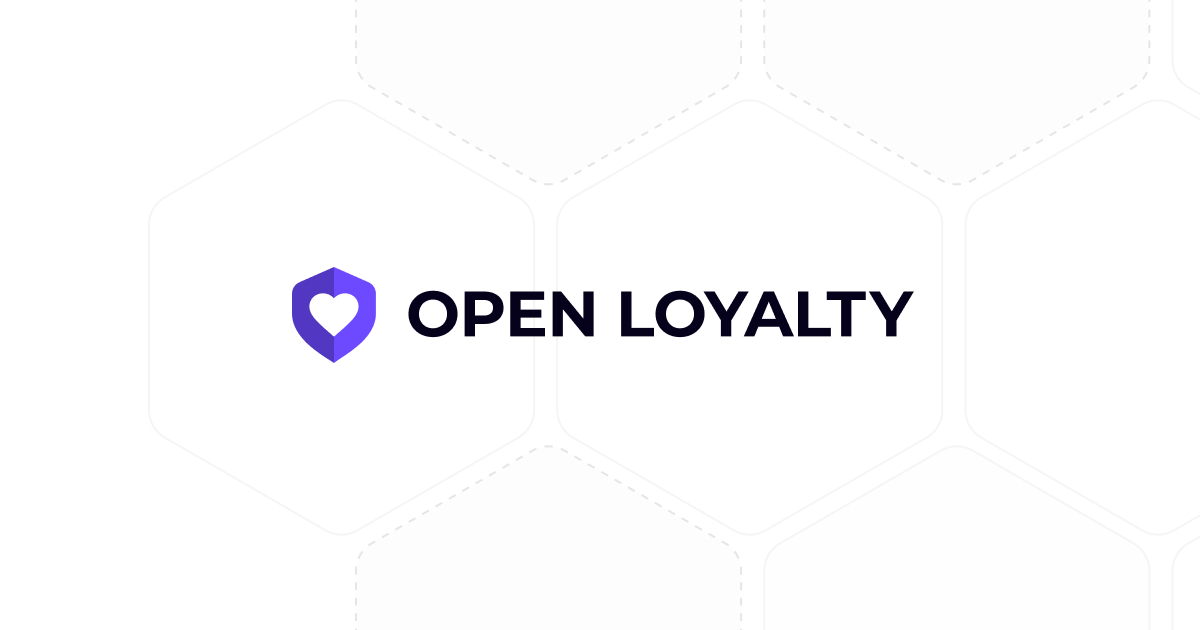
Open Loyalty: Complete Buyer's Guide
API-first, headless loyalty platform for enterprises
Open Loyalty is an API-first, headless loyalty platform engineered for enterprises requiring maximum technical flexibility over out-of-the-box functionality[48]. Unlike AI-native competitors such as Antavo's "AI Loyalty Cloud" or hybrid solutions like Yotpo, Open Loyalty prioritizes infrastructure scalability and deep customization capabilities rather than embedded artificial intelligence features[48][57].
Market Position & Maturity
Market Standing
Open Loyalty occupies a specialized infrastructure niche within the loyalty platform market, prioritizing technical flexibility over AI sophistication in contrast to the broader market movement toward AI-native solutions[48][57][58].
Company Maturity
Open Loyalty demonstrates operational maturity through documented enterprise implementations across global fashion retailers managing 65+ countries and millions of customer interactions[50].
Industry Recognition
While Open Loyalty lacks prominent industry awards or analyst recognition mentioned in available research, customer testimonials on G2 and Capterra provide validation of technical capabilities and support quality[51][52][53].
Longevity Assessment
Open Loyalty's market position reflects a conscious trade-off between technical flexibility and market accessibility. While competitors focus on AI sophistication or simplified deployment, Open Loyalty serves organizations prioritizing long-term customization potential over immediate functionality[48][57][58].
Proof of Capabilities
Customer Evidence
An international fashion retailer successfully leverages the platform to manage omnichannel loyalty programs across 65+ countries, handling "millions of customer interactions" through Open Loyalty's AWS-powered infrastructure[50].
Market Validation
Open Loyalty's customer base consists primarily of enterprise retailers in fashion and retail sectors, indicating market acceptance within specific verticals requiring complex customization[50].
AI Technology
Open Loyalty markets predictive analytics and real-time personalization through its API framework, enabling dynamic reward adjustments based on behavioral data[48][49].
Architecture
The platform leverages AWS cloud infrastructure for proven scalability, with documented capability to handle "millions of customer interactions" for global retailers operating across 65+ countries[50][48].
Primary Competitors
Antavo, LoyaltyLion, Yotpo[57][58][59].
Competitive Advantages
Open Loyalty's API-first architecture provides superior customization potential compared to template-based solutions, enabling unique loyalty mechanics and complex system integrations unavailable in standardized platforms[48][57].
Market Positioning
Open Loyalty occupies a specialized infrastructure niche within the loyalty platform market, prioritizing technical flexibility and API customization over AI sophistication or simplified deployment[48][57][58].
Win/Loss Scenarios
Choose Open Loyalty when requiring deep API customization, complex system integrations, and proven scalability over embedded AI features or simplified deployment[48][57].
Key Features

Pros & Cons
Use Cases
Featured In Articles
Comprehensive analysis of Loyalty Programs for Ecommerce for Ecommerce businesses and online retailers. Expert evaluation of features, pricing, and implementation.
How We Researched This Guide
About This Guide: This comprehensive analysis is based on extensive competitive intelligence and real-world implementation data from leading AI vendors. StayModern updates this guide quarterly to reflect market developments and vendor performance changes.
59+ verified sources per analysis including official documentation, customer reviews, analyst reports, and industry publications.
- • Vendor documentation & whitepapers
- • Customer testimonials & case studies
- • Third-party analyst assessments
- • Industry benchmarking reports
Standardized assessment framework across 8 key dimensions for objective comparison.
- • Technology capabilities & architecture
- • Market position & customer evidence
- • Implementation experience & support
- • Pricing value & competitive position
Research is refreshed every 90 days to capture market changes and new vendor capabilities.
- • New product releases & features
- • Market positioning changes
- • Customer feedback integration
- • Competitive landscape shifts
Every claim is source-linked with direct citations to original materials for verification.
- • Clickable citation links
- • Original source attribution
- • Date stamps for currency
- • Quality score validation
Analysis follows systematic research protocols with consistent evaluation frameworks.
- • Standardized assessment criteria
- • Multi-source verification process
- • Consistent evaluation methodology
- • Quality assurance protocols
Buyer-focused analysis with transparent methodology and factual accuracy commitment.
- • Objective comparative analysis
- • Transparent research methodology
- • Factual accuracy commitment
- • Continuous quality improvement
Quality Commitment: If you find any inaccuracies in our analysis on this page, please contact us at research@staymodern.ai. We're committed to maintaining the highest standards of research integrity and will investigate and correct any issues promptly.